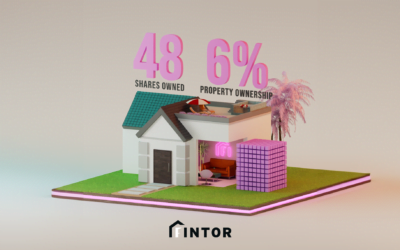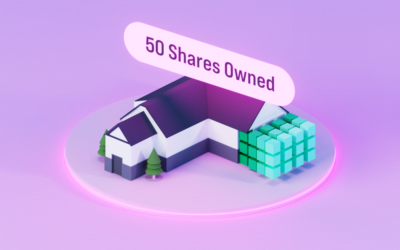Fractional investing has taken the world by storm. We’ve broken it down to help ramp you up in the space. Fractional investing has taken the world by storm. We’ve broken it down to help ramp you up in the space.
Understanding Fractional Investing
Fractional investing is owning a fraction of a specific item along with many other people. You can think of it as a pie divided up into multiple pieces, and everyone owns a slice of the whole pie. Vacation timeshares was an early model which had buyers purchase fractional usage of a property, and they were allocated a certain amount of available time each year they could use the property. There has been a proliferation of items over the years that can be purchased fractionally including cars, art, homes, wine, just to name a few. A main driver for this fractionalization movement is to make investing in a given asset more affordable and accessible to more people. In essence, fractional investing has lowered the barrier to entry for the masses.
What is Fractional Investing in Real Estate?
Fractional property investing is when individuals are only required to purchase a limited amount of a property, compared to needing to purchase the entire asset. The investing then is shared with other fractional owners. Each participant owns an equity stake in the property and can benefit from the property’s appreciation in value.
There are different approaches for individuals to start fractional investing in real estate. On some platforms, such as Fintor, users purchase shares of a real estate asset, and the company that runs the platform manages the purchase and maintenance of the real estate asset, which positions the investment truly as passive.
Who Can Participate?
The introduction of fractional investing broke down the barriers of investment minimums required to purchase an asset. Previously most of these assets and investment opportunities were only accessible by institutions or wealthy individuals known as accredited investors. There are now platforms that allow investment minimums as little as $1, where anyone can partake in investing on a smaller scale. Want fractional investing of that $2,000 share of stock? Now you can. Want fractional investing of that multi-million dollar commercial building? Now you can, along with anyone else who has the desire to.
Pros of Fractional Investing
The more apparent advantage of fractional investing is the ability to invest a small amount of money in something that normally would have been out of reach financially if the investor was required to buy the entire asset. With a smaller investment, this may also help investors diversify their investments. The fractional model may also allow investors to allocate a more precise dollar amount to their investment rather than needing to allocate the whole purchase amount. In some situations you may not only have the value of your investment increase in value, but you also may receive a dividend while you remain invested. Depending on the investment platform, dividends can be paid out monthly, quarterly, or annually. Platforms like Fintor distribute monthly dividends, and offer investors an option to easily sell their shares on an open market to maintain liquidity.
Cons of Fractional investing
There may be some drawbacks of this model and it’s always a good practice to review the terms and conditions of any source you use to purchase your fractional investing. It’s also good to keep in mind that while the trend is growing for fractional investing, it may not be applicable for all asset classes. A common restriction is one that limits your ability to freely sell your investing when you want to or you may be penalized if you sell outside of the agreement terms. Another drawback may be the platform fees themselves, for management of the asset being sold. Fortunately, properties on Fintor in the Market Trading section are free from any trading restrictions.
Summary
As with any investment decision, you’ll need to assess your situation to determine if the pros outweigh the cons. For many assets, investing can now begin in the $500-$1000 range, rather than in the thousands, unlocking access to millions of new investors. The fractional investing model is becoming too popular to ignore and there will most likely be more asset classes that will utilize this business model as time progresses.



